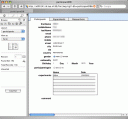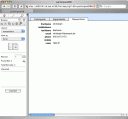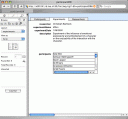This service has been discontinued.
Welcome to the Participants Database at the Department of Industrial Design at the TU/e. It will help you to quickly find participants for your experiments by storing information about people that previously participated in experiments at the department. Since they are familiar with the department and the procedure they are likely to help again.
The system is based on your contribution. Whenever you conduct an experiment please add new participants you might have and update information for the existing participants. The Participant Database consists out of three sections:
The participant section stores the contact information:

The researchers section stores information about the experimenter:

The experiment section stores information about each experiment:

In all sections a variety of functions are available to you, such as searching the database or editing the information. If you have any problems then contact the Participant Database coordinator.
Instructions
You can access the system through a web based interface following these steps:
- contact the database coordinator to obtain an account
- direct your browser to the Participant Database
- if you use the system for the first time, browse to the researacher section and add your contact information
- if you want to conduct a new experiment, browse to the experiment section and add the experiment information. If you completed step 3, then your name will appear in the researcher pull-down menu
- if you add a new participant, choose “new record” on the left and enter the information.
- if you use an existing participant, then add a line in the “experiments” block. Simply click at the beginning of an empty line and a pull down menu will show you all existing experiments.
Guidelines
- Add new people to the database that agreed to it.
- When inviting these people, make sure that you refer to the previous experiments, so that they know how you received their contact information.
- Always offer the participants that you would remove them from the database if they want to. Remove them if requested.
- Inform the participants that their data is only available to TU/e and that it will not be given to anybody else. They will only receive invitations to scientific experiments.
- Do not give the addresses to any third party and only use it to do scientific experiments.






